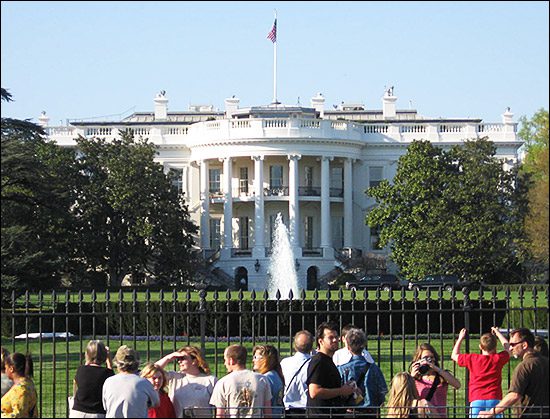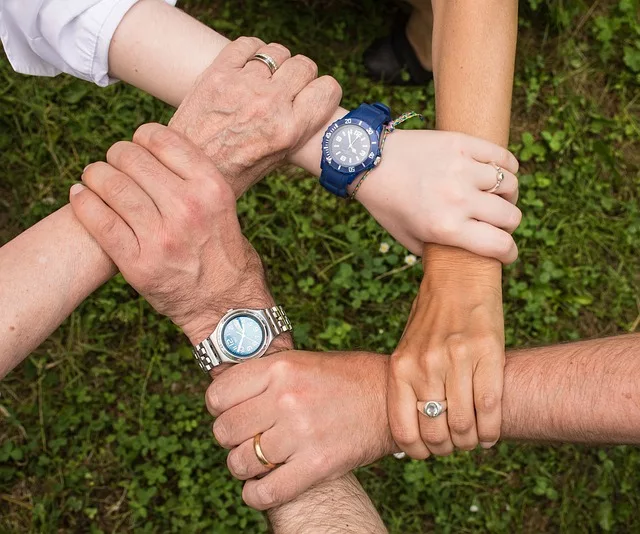In October, President Obama traveled to Charleston, West Virginia, a region where fatal heroin overdoses are more than double the national average, to announce new federal initiatives aimed at curbing the opioid epidemic. The president listened to stories from a police chief, a healthcare worker and the mother of an addict before speaking to the crowd of people at the East End Family Resource Center.

“More Americans now die every year from drug overdoses than they do from motor vehicle crashes,” Mr. Obama said. “The majority of those overdoses involve legal prescription drugs. I don’t have to tell you, this is a terrible toll.” The Centers for Disease Control and Prevention (CDC) report that in 2012 alone, healthcare providers prescribed a staggering 259 million prescription painkillers, enough for every American to have a bottle of pills.
While opioids are incredibly useful for managing pain in patients who are post-surgery, or have terminal cancer and are in great discomfort, it’s very easy to develop a dependency if usage is not monitored and prescriptions are regularly refilled. These drugs include:
- Hydrocodone
- Oxycodone
- Morphine
- Other forms of opiates and opioids
Research has shown that four out of every five heroin users began by misusing opioid pain medications, drugs that are in the same class as heroin. After their legal or illegal source of pain medications dried up, heroin, which is cheaper than prescription drugs and has made an enormous comeback on the streets, is often times the next step for these addicted individuals.
The Obama Administration has been making headlines in their efforts at prison reform and reducing mandatory minimum sentencing laws, especially as they concern nonviolent drug offenders. Officials hope that efforts focused on pain medications will also reduce the number of people going to prison.
In Charleston, President Obama announced combined public and private sector initiatives regarding prescription painkillers and heroin abuse.
What are the New Initiatives for Prescription Painkillers and Heroin Abuse?
- Commitments from 40 providers, comprised of more than 540,000 healthcare professionals, that will complete opioid prescriber training in the next two years
- Improving access to treatment for prescription painkiller and heroin use by directing federal departments who provide, contract or reimburse agencies for treatment to identify barriers to medication assisted treatment for opioid addiction
- Millions of dollars in media space, donated by ABC, CBS, The New York Times, National Basketball Association, Major League Baseball, Google and other companies, will be used for PSA’s on the risk of prescription pain meds
According to the Huffington Post, the president told health care providers, “access to medication-assisted treatment must be expanded because only a small minority of Americans who might benefit from this treatment are receiving it.”
Not everyone is cheering the Whitehouse’s efforts, however. Noting that an estimated 120,000 Americans have died as a result of drug overdoses during Obama’s time in office, Dr. Andrew Kolodny, chief medical officer of the Phoenix House Foundation, told the New York Times, “The most urgent public health problem facing this country gets worse every year he’s been president, and he’s done almost nothing.”
Obama, who’s been very candid about his own experimentation with drugs as a youth, told the audience in Charleston that even if those troubled with addiction don’t live in our neighborhoods, their lives are just as valuable. He then added, “This is an illness, and we’ve got to treat it as such.”
Despite the grumblings of his critics, President Obama’s admission that drug and alcohol addiction is a disease that requires treatment is a positive step in reducing the stigma associated with substance abuse. Early intervention and access to treatment can help people get sober, heal their relationships and live productive and meaningful lives.
Related:





